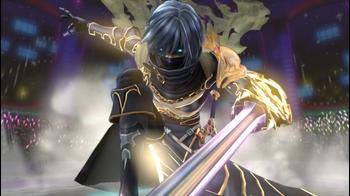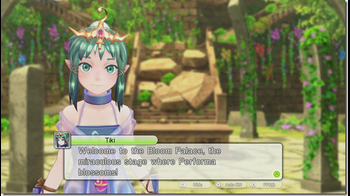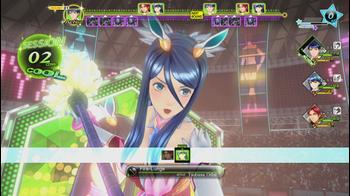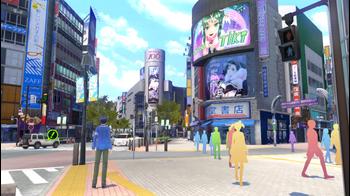
Tokyo Mirage Sessions #FE Review
Back in 2013, an ambitious and unlikely cross-over between Atlus' Shin Megami Tensei series and Nintendo's Fire Emblem series was announced. It took a while to resurface after it's initial announcement, but that project eventually become Tokyo Mirage Sessions #FE: a bizarre amalgamation of the two series with a strong focus on the Japanese entertainment industry. Does it live up to the hype of the initial announcement even after being taken in an unexpected direction?
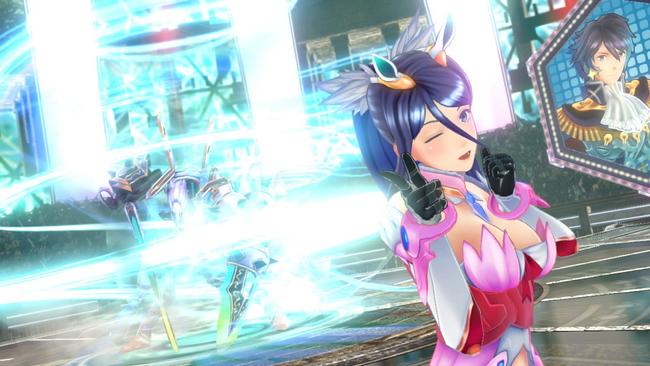
#FE puts you in the shoes of Itsuki Aoi, a high school boy that gets caught up in the world of entertainment and the supernatural crisis facing it. Joining him are his aspiring and current artist friends including the idol Tsubasa, the actor Touma and many others.
There is an essence known as "Performa" that everyone houses within themselves which allow them to follow their dreams. Other-dimensional beings known as Mirages are attracted to this mysterious essence. Some try to take and use it for evil, while others partner with Performa-holders for more mutually-beneficial reasons. Fire Emblem fans will be no stranger to these friendly Mirages even if they take on a more intimidating appearance. Several characters from the popular SRPG series make cameo appearances, such as Awakening's Chrom, Tharja, and Virion alongside Shadow Dragon's Caeda and Draug. These familiar faces take the form of weapons known as "Carnages" that allow the playable characters to fight. Joining the cast is Fire Emblem's iconic Manakete, Tiki. Reborn as a parody of Vocaloid software, Tiki resides in the Bloom Palace alongside the other allied Mirages.
As the title implies, the game takes place in Tokyo. Real-world prefectures make up part of the many locales, such as Shibuya and Harajuku. Alongside these fictional representations are the game's dungeons known as Idolaspheres; dream-like pocket dimensions brought on by a Mirage taking control of a vulnerable person's mind. Most of these are made up of warped versions of said victim's career. For example, a photographer's Idolasphere will have their work plastered all over the walls.
Enemies appear directly on the Idolasphere field. Itsuki can slash them before transitioning into combat in hopes of getting a preemptive strike. Enemy Mirages drop Performa, which can be used to create new techniques and carnages or upgrade older ones by bringing them to Tiki.
The turn-based combat is reminiscent of the system present in the Shin Megami Tensei series. Many familiar spells and techniques make a return as a means to exploit weaknesses, with Fire Emblem's own weapon triangle system thrown into the mix.
What sets #FE's combat apart is the function known as "Sessions". Whenever an enemy weakness is exploited, party members will jump in for another attack. This starts a combo which can add several attacks to a single command depending on where you are in the game and how many characters have joined. This function adds another layer of depth to the combat, putting an interesting spin on the SMT series own Press-turn battle system.
Complimenting the Session system are the "Duo Attacks". These will appear at random in the middle of a session where two characters will join forces in an over-the-top performance to attack the enemy. The kicker is it will also add another series of sessions on top of the one that had already been activated. On rare occasions, a second duo attack will become available in the same session, which can bring the attack count up to nearly 20 in a single command.
Another unusual technique is the "ad-lib performance". Like duo attacks, these quirky displays of song and drama will activate at random and attack all enemies alongside other effects like healing the party.
Bosses are where the combat really shines. Most are tense, well-paced and require strategic thinking to beat by utilizing the many methods of attack.
There is plenty to do outside of combat and the main story in the numerous side quests. The standard side quests can range from simple fetch quests to fighting powerful enemies. There are also character-specific side quests known as side stories that help flesh out the rest of the cast. These are highly recommended as each one rewards said character with new techniques. They also end with a glimpse at whatever piece of entertainment the character is working on, whether it be catchy music videos or short clips from TV shows or movies.
While there isn't much depth to the story itself, there is something charming about its light-hearted enthusiasm and optimistic glimpse at the Japanese entertainment industry. Exploring the world of performing arts and the drive it takes to excel at them is a major theme, even if what we see is a far more idealized representation of those industries.
The cast, while similarly far from deep, are amusing enough as we learn about their struggles and insecurities through their side stories, whether it be related to their industry of choice or not.
Those that have been following #FE are likely aware of some localization changes. While Atlus did do a fine job with the translation for the most part, there are some jarring issues even for those unaware of the changes, which can lead to confusion. One Idolasphere - in the Japanese version - housed several photos of swimsuit models. This has been altered such that said photos display women in far more modest clothing.
This does clash with the underlying theme of the dungeon as well as scenes interspersed throughout the chapter, all of which make a point to highlight the embarrassment the characters are feeling when they should have nothing to be embarrassed about, culminating in a particularly jarring scene at the climax with an altered costume making an appearance. This is made all the more confusing when subsequent appearances of that same costume had not been altered. As the costume can be seen through an ad-lib performance that can appear in battle at any time, most players will notice the inconsistency without even looking for it.
Another major grievance is the long load times. Almost every instance of screen-switching will take far longer than it should, whether it be battles or entering new areas. Some locations can take up to 20 seconds to load. As you'll be going in and out of dungeons to upgrade equipment and do sidequests, this can be quite problematic and add a significant amount of time to the already lengthy campaign.
As it is relevant to the story, the soundtrack plays a big part in the game. Fire Emblem aficionados will recognize a few remixes, but the music mostly consists of original compositions. Fans of energetic and bubbly J-pop will find plenty to love, but the OST does have a surprising amount of variety ranging from somber ballads to catchy electronica to intense rock.
The character designs and locales exude an appealing sense of style that fit right in with the flashy themes on display. This becomes more impressive in the numerous animated cutscenes and music videos. As several anime studios contributed, a variety of art styles are present.
Fans of both franchises will appreciate the many references, but despite being a spin-off, the game is very accessible to newcomers.
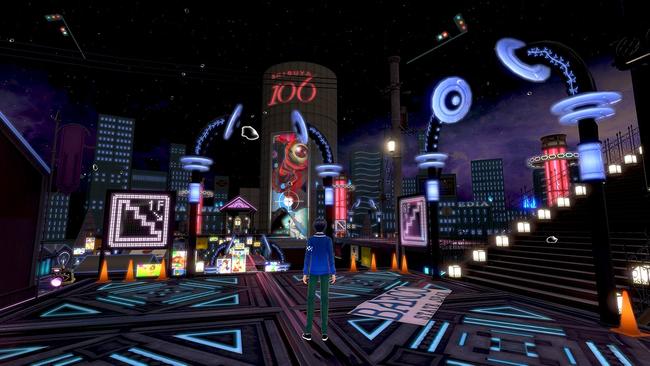
Bringing together a stellar soundtrack, a standard yet charming story, and one of the best turn-based battle systems in recent memory, Tokyo Mirage Sessions #FE is both a highly competent swan song for the Wii U and a fantastic JRPG in general. While long load times and jarring localization decisions hold it back slightly, #FE is still a unique cross-over that Fire Emblem, Shin Megami Tensei fans and newcomers alike won't want to miss.
